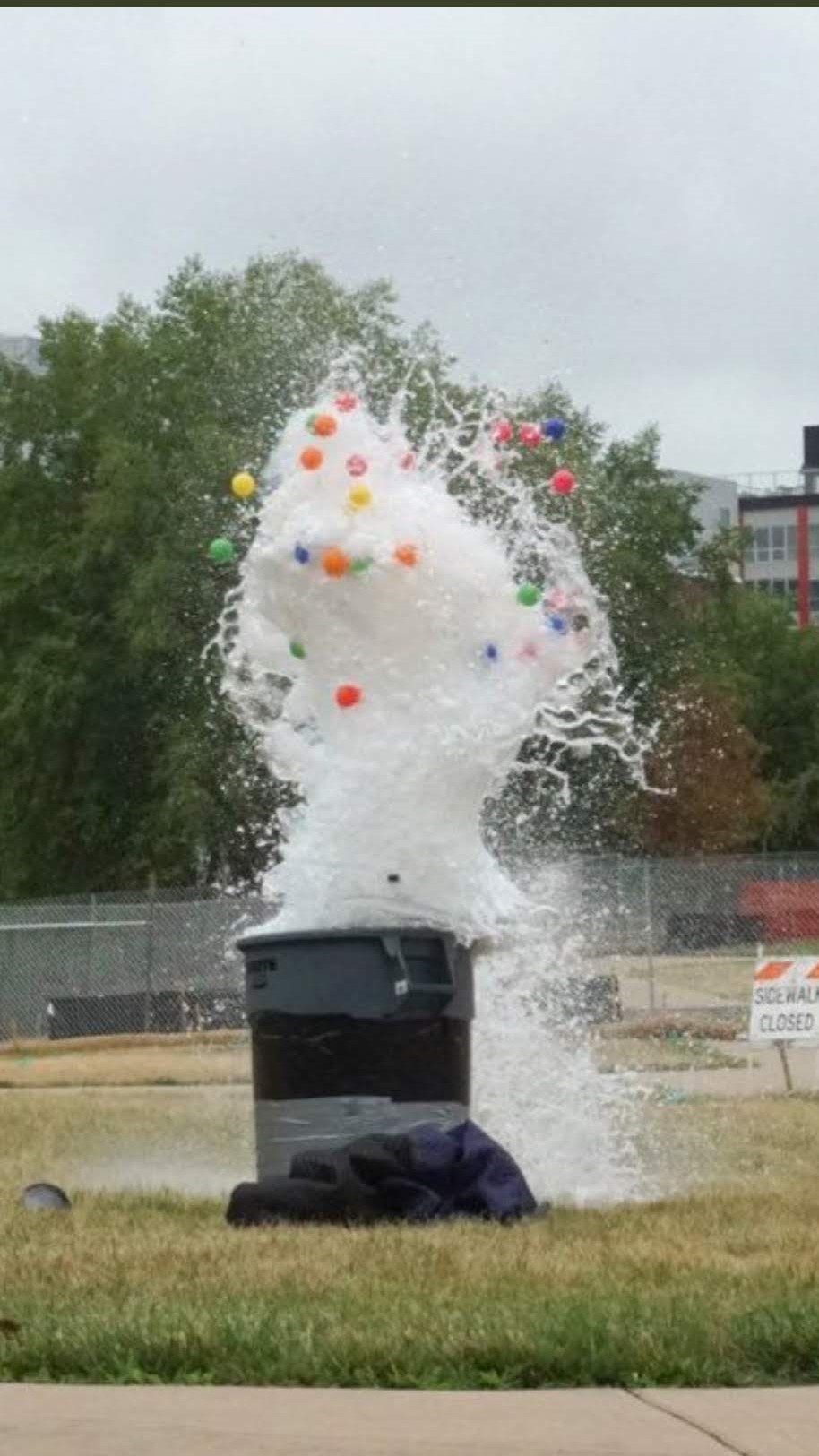
Due to little change in the lack of diversity in the Geosciences, a summer camp for girls was created, designed, organized, and implemented by PhD student Aida Guhlincozzi, a Geography major and Latina/Latino Studies minor, and Geology PhD candidate Julia Cisneros. This camp, hosted by the School of Earth, Society, and Environment (SESE), would engage and expose young women of color to the Geosciences. On August 12th and 13th, 22 Champaign middle school girls, many of them from Franklin STEAM Academy, participated in the camp, with 30+ students on a waiting list. While initial interest from the university was minimal, the local educational community through Franklin STEAM Academy was extremely supportive and cooperative, leading to maximum student enrollment.
In May 2018 the camp was first pitched to SESE, where such high enrollment was not imaginable at the time, and the amount of work looked daunting. To generate the interest required, and garner support, Julia and Aida contacted the Instructional Science Coordinators at Franklin STEAM Academy about creating a partnership to bring underrepresented students to the camp. With Franklin STEAM Academy administration’s support, the two graduate students began planning for the camp in Fall 2018, received funding approval from SESE in early Spring 2019, and attracted high numbers of students in late Spring 2019.

Day 1 activities were focused around introducing the camp project, which was to conduct a simulated Mars data collection mission. In support of this mission, students watched a simulated volcano or “Trashcano” erupt, collected the location data of the eruption “debris” with GPS data, and deployed a weather balloon for gathering weather data. The campers then met via video chat with women NASA Geoscientists who spoke with them for an hour on their work and journeys to their current positions. Following this, the campers discussed issues of the environment, brainstormed sustainability measures, and then began working on mapping the important GPS field data.
On Day 2, the campers went straight to the computer lab to complete their simulated volcanic eruption analysis. Using industry-standard software for the first time, these campers calculated debris zones and created maps of Mars. These maps included the Mars ROVER routes to follow data collection while avoiding the volcanic eruption debris. They then presented these completed maps in groups to the SESE community – women Geosciences professors, department heads, and other various community members.
Because of the camp’s success, LAS and SESE are now supportive of expanding and repeating the camp in the future. The students also took Geosciences knowledge and interest surveys before and after the camp, providing data on the camp’s efficacy. Aida and Julia are hoping to publish this data and show others the possibilities for changing the demographics of the field.